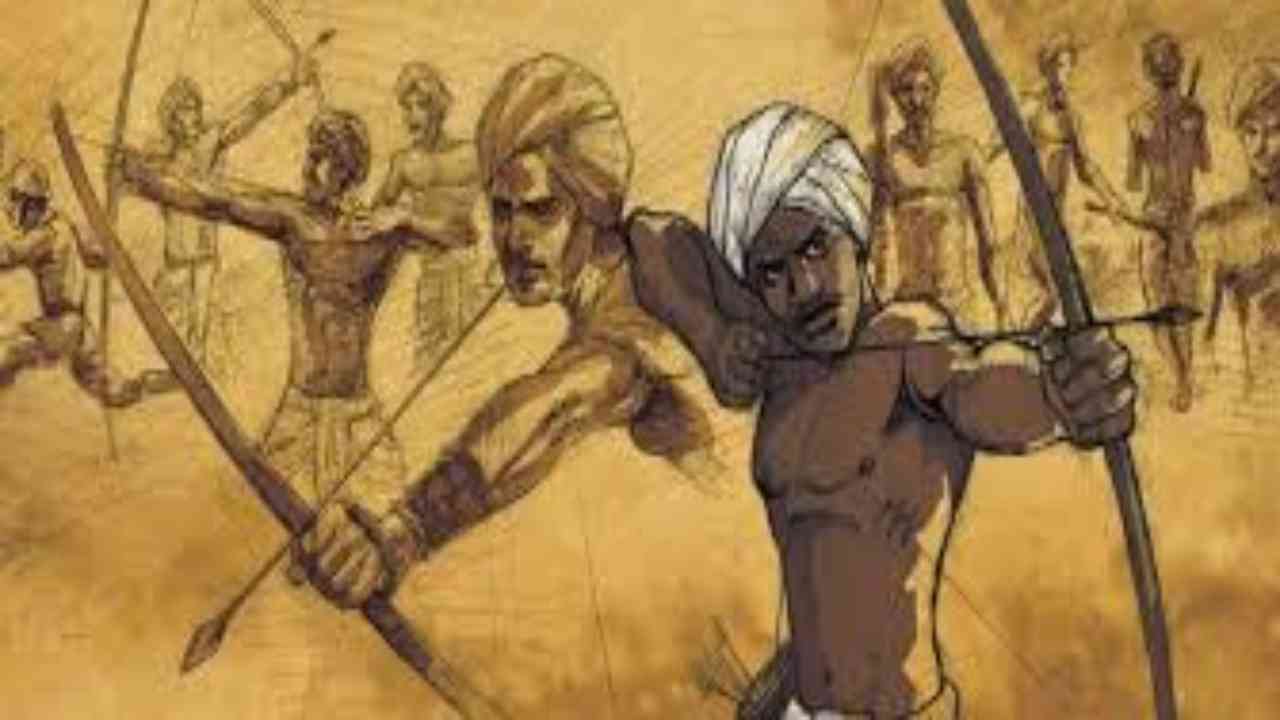Jharkhand, the ‘Land of Forest’ celebrates it’s State Formation Day on November 15 every year. The state was carved out of Bihar in 2000 after the Parliament passed the Bihar Reorganization Act, 2000. Later, six more districts were carved out by reorganizing the existing districts. The 23rd and 24th districts, Khunti and Ramgarh, came into existence on September 12, in the year 2007.
The state’s foundation day was made to coincide with the birth anniversary of tribal leader Birsa Munda, who played an important part in the history of the Indian independence movement.
History of Jharkhand:
The movement for a separate state of Jharkhand is an odyssey spread over a century which is traced back to the early 1900s, when Jaipal Singh, an Indian Hockey captain and Olympian, suggested the idea of a separate state consisting of the southern districts of Bihar. The idea did not become a reality, however, until August 2, 2000, when the Parliament of India passed the Bihar Reorganization Bill to create the state of Jharkhand, carving 18 districts out of Bihar to form Jharkhand state on 15 November 2000. On that day it became the 28th state of India.
According to some historians, there was already a distinct geo-political, cultural entity called Jharkhand even before the period of the Magadha Empire. Many scholars now believe that the language used by tribes in the state of Jharkhand is identical to the one used by the Harappa people.
The colonization of Jharkhand has to be mentioned in Jharkhand’s history. Colonization by the British East India Company resulted in spontaneous resistance from the local people. Almost one hundred years before India’s First War of Independence (1857), Adivasis of Jharkhand were already beginning what would become a series of repeated revolts against the British colonial rule. All of these uprisings were quelled by the British through massive deployment of troops across the region.
Apart from being rich in coal, the state also accounts for at least 40% of India’s mineral resources. The State is also known for its beautiful waterfalls, lush green forests such as Saranda, which is the largest Sal forest in Asia, temples such as Jagannath Temple, Baidyanath Dham etc, Dalma Wildlife Sanctuary, and Betla National Park, which has the distinction of being one of India’s earliest tiger reserves (1974), Betla features luxuriant tropical forest cover and a rich variety of fauna.
Role of Birsa Munda in Jharkhand:
- Born in 1875 in the Munda tribe. He is often referred to as ‘Dharti Abba’ or the Earth Father.
- He led the rebellion that came to be known as Ulgulan (revolt) or the Munda rebellion against the British government-imposed feudal state system.
- He awakened the masses and sowed the seeds of revolt in them against the landlord as well as the Britishers.
- Munda organized masses to stop paying debts/interest to moneylenders and taxes to the British. By this, he led a revolt to bring an end to Victorian rule and the establishment of the Munda Rule in Jharkhand (erstwhile Bengal Presidency region).
- He formed two military units- one for military training and armed struggle, the other for propaganda. He combined religion with politics and traveled across villages giving discourses and building a politico-military organization.
- His struggle against the exploitation and discrimination against tribals led to the passing of the Chotanagpur Tenancy Act in 1908 which restricted the passing of land from the tribal people to non-tribals.


















